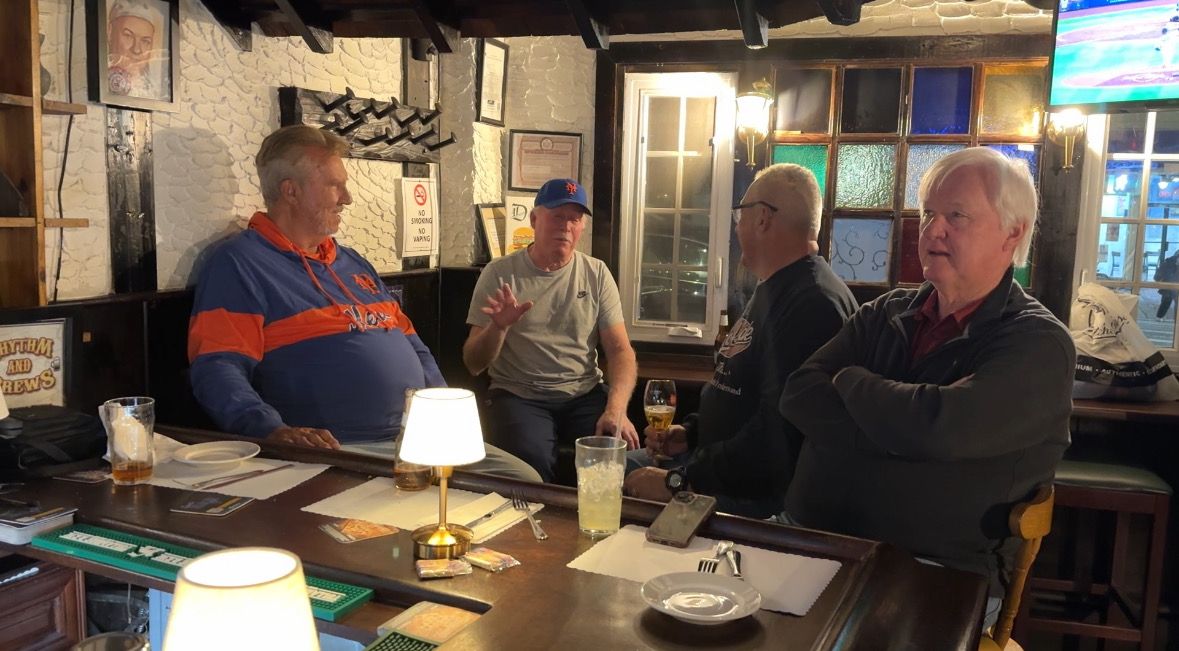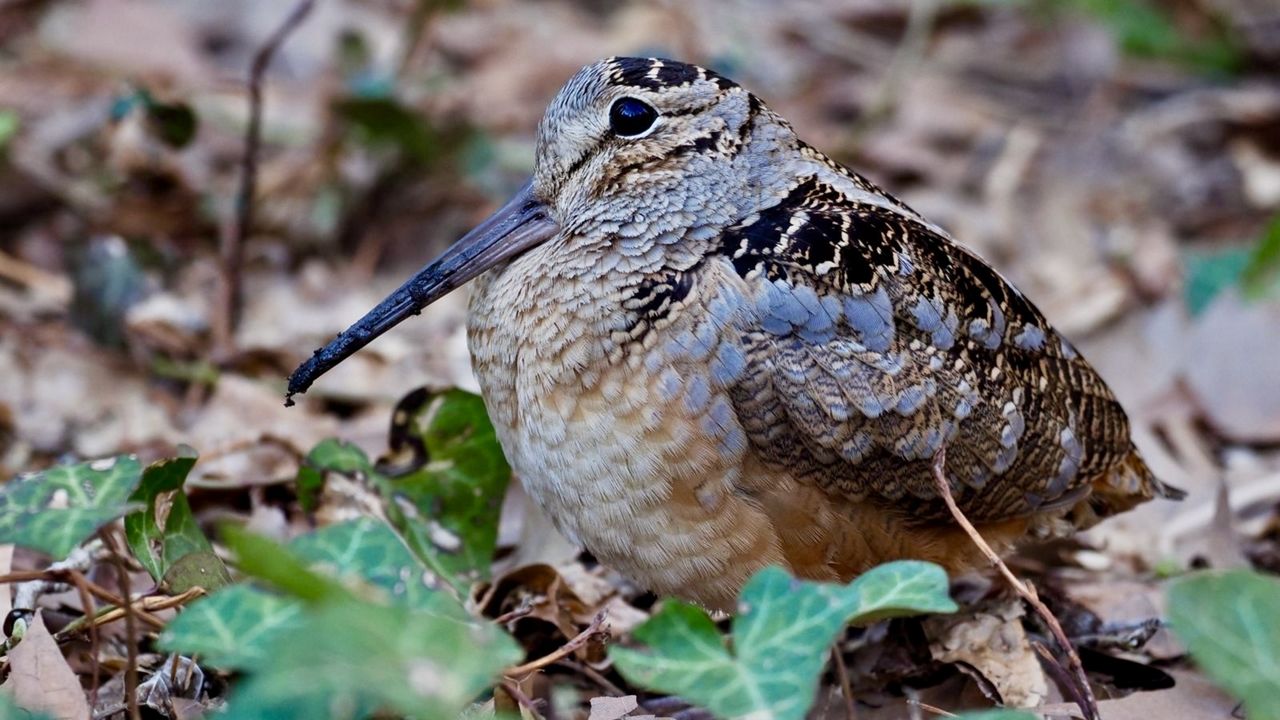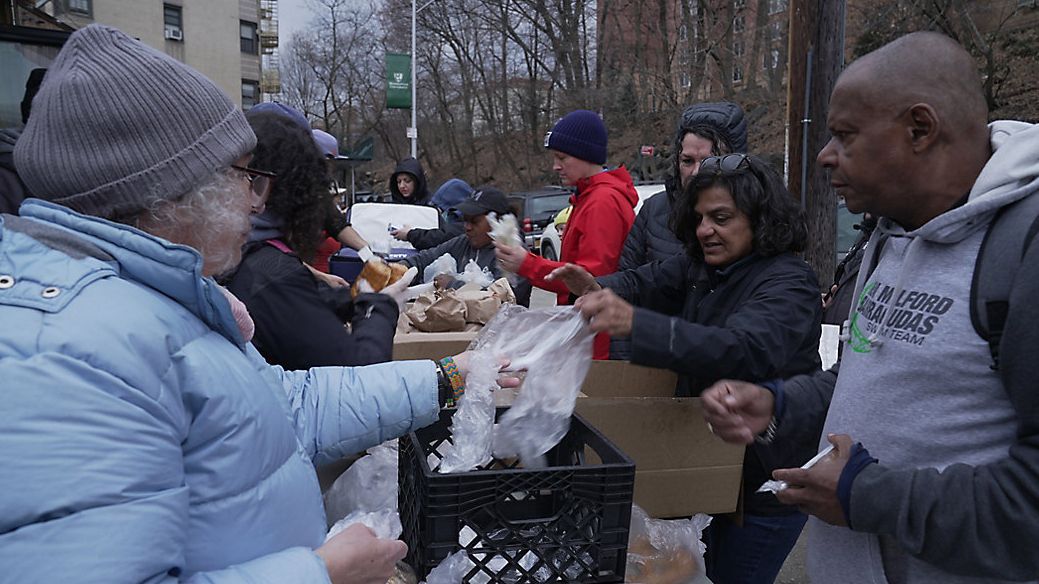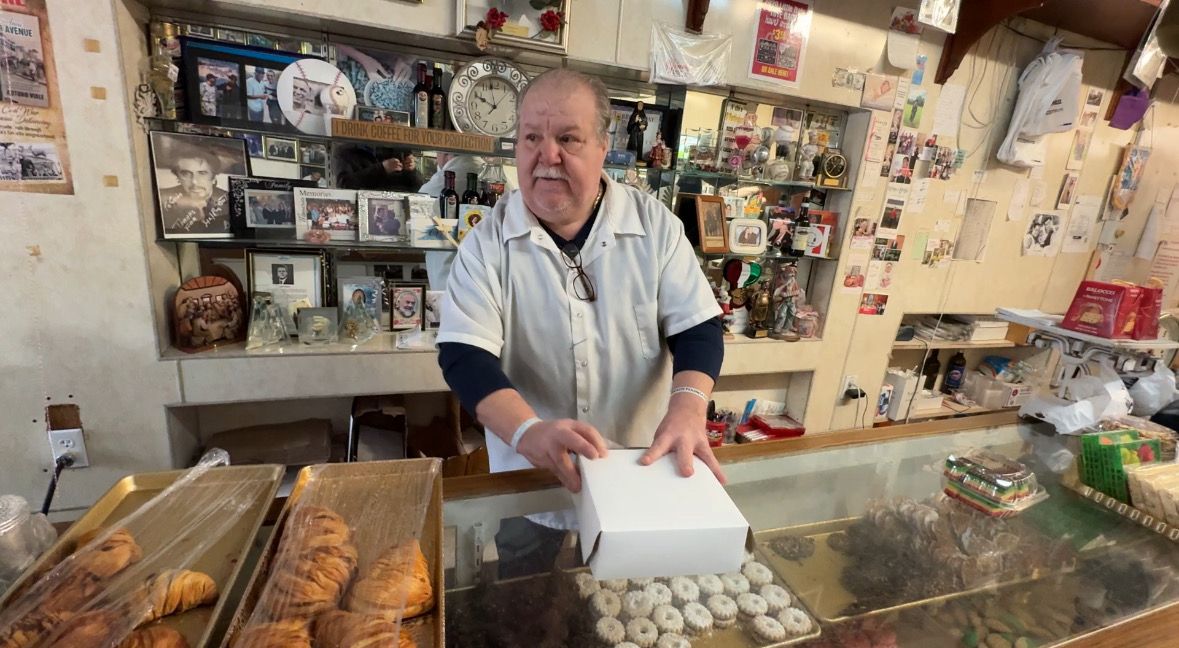Take a walk through Greenwich Village with David Browne, and he can hear the sounds of the past.
“Bleecker and MacDougal was literally the epicenter of all of this place, because you had clubs like The Gaslight... it's now the Up and Up, and you had the Cafe Wha, you had Cafe Figaro at Bleecker,” said Browne on a tour of the neighborhood.
What You Need To Know
- "Talkin' Greenwich Village" is a book from Rolling Stone magazine senior writer David Browne
- The book chronicles the legendary music scene in Manhattan's Greenwich Village
- Artists featured include Bob Dylan, Judy Collins, Dave Van Ronk, Peter, Paul and Mary and The Blues Project
The senior writer at Rolling Stone magazine authored a book called “Talkin’ Greenwich Village,” which looks back on the Manhattan neighborhood’s legendary music scene.
“The [Greenwich] Village music scene wasn’t just Bob Dylan and the '60s. It was a scene that thrived, and had its ups and downs, but was still very valid over decades,” Browne said.
NY1 met up with Browne at Cafe Wha, one of the surviving venues from Greenwich Village’s musical heyday. Browne first discovered the scene as a student at NYU in the late seventies.
“A couple of years ago I was back in the [Greenwich] Village interviewing a guy named Ramblin’ Jack Elliot, who was one of the legends of that scene, and we were just walking around the old haunts, and he remembered all the clubs he used play there, like The Gaslight, which are no longer around, or other businesses, and it really triggered something in me that a particular era was over in music in the Village, but that it was time to document that,” he said.
There are stories about Bob Dylan, his story also featured in the new biopic “A Complete Unknown.” Dylan played his first set in the at Cafe Wha. There’s also John Lee Hooker, the blues artist Dylan opened for at the famous Folk City club, Judy Collins, Peter, Paul and Mary, and Dave Van Ronk, who was known as the Mayor of MacDougal Street.
“[He] was kind of the soul of the [Greenwich] Village. He was the guy who was here from the late '50s until he died in 2002,” he said.
Browne says the scene continued longer than some may remember into the '70s and '80s, with artists like The Roches and Suzanne Vega.
Greenwich Village has changed, but Browne says there are remnants of what it once was, like Cafe Wha and the Bitter End, which remain as vibrant creative musical spaces.
“It’s still the [Greenwich] Village, you still get that feeling of what it was like. The streets are the same, the architecture is largely the same,” he said.
Browne says the legend of the Village still exists, and he thinks with a few more clubs opening, a rebirth could be in the future.











